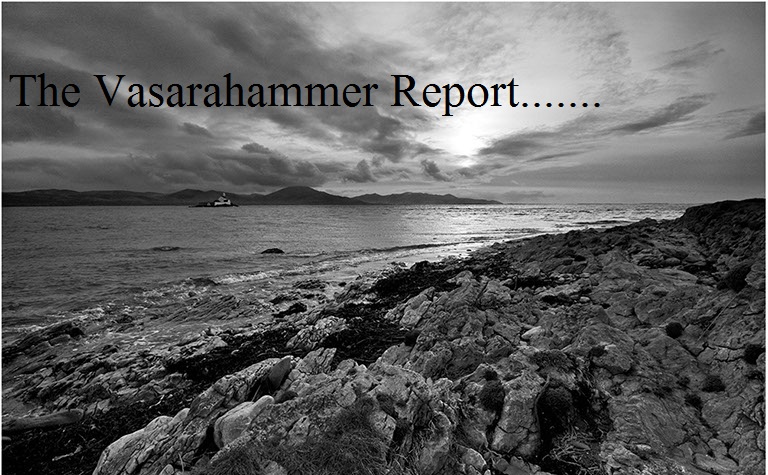Fellow Finnish blogger Vasarahammer offers some interesting insights on the current debate raging around Diana West’s newly released book, American Betrayal.
I read Diana West’s latest defense against FP, and based on the material from her book she clearly understands the way the Soviets operate and the role of intelligence services in Communist countries.
The Soviets had basically two parallel “diplomatic” services that provided information to the leaders. The first was the official one under the Soviet Foreign ministry and the other was the KGB line which provided direct access to Soviet leaders.
During the Finlandization era Finnish politicians used this KGB line at the Soviet embassy on Tehtaankatu 5 to prove their credentials and to avoid being labeled anti-Soviet. Most of the Finnish political leaders had their own “kotiryssä” (literally: house Russian) with whom they discussed matters. The most famous “kotiryssä” was the man called, Viktor Vladimirov, who tried to meddle in the Finnish presidential election in 1982 in favor of Ahti Karjalainen but failed. Then he made friends with president Koivisto.
The relationship with Harry Hopkins and KGB resident Iskhak Akhmerov was very similar to that. There is no question that Hopkins had a “kotiryssä” of his own but how far did he go in this relationship? The same question is often asked about Urho Kekkonen and several other Finnish politicians of the 1970’s and 80’s. The “kotiryssä” system was revealed to the Finnish public in the early 80’s in Aarno Laitinen’s book “Tamminiemen pesänjakajat“.
Some Soviet defectors also said that Urho Kekkonen was the Soviet agent Timo (Gordievsky for example). This is probably what the Soviets told to their superiors but it is not necessarily true.
The Soviet leaders were somewhat paranoid and did not trust information that came through public channels, preferring covert information provided by the KGB line instead.
Westerners generally don’t understand how large a role the KGB played in the Soviet state apparatus in general. There is no comparison to anything in the West.
One must be careful, however, to use Soviet sources in determining if a certain person was indeed a KGB informant or not. KGB officials tended to exaggerate their accomplishments to their superiors, so relying on information provided by Soviet sources like in the Mitrokhin archive can make agents out of those who were not really providing them secret information.
In the 1930’s the Soviet model still had a certain appeal in the intellectual circles. The Cambridge five were recruited during that era. This appeal vanished when Stalin’s crimes were exposed by Khruschev in 1956. After that the Soviets had to rely on informants who had other motives than the ideological one.
Basically, after the 1950’s the Soviet Union was not very successful in infiltrating Western intelligence agencies and governments, but it had more success in gaining Western technology through espionage. This way both parties in the Cold War fought with the same technology. The most famous Russian inventor was a man called “Reguspatoff”.
So West’s general argument that the Soviets had infiltrated the US government in the 1930’s and 40’s was most likely true, because Communism did not have the stigma of the Gulag that it got after Khrushchev’s speech.
The reason this issue is difficult for Americans is probably because it forces them to realize that the US helped to create a monster out of Soviet Union. You can justify this by defeating Nazi evil but the Soviet evil was just as bad and in some ways worse than Nazi Germany. This is especially hard for the likes of Horowitz and Radosh who were ardent communists in their youth.
UPDATE:
Before the Winter war the Finnish government was not aware of the methods used by the Soviets.
A low-level clerk calling himself, Boris Jartsev, (real name Boris Rybkin who was an NKVD operative) contacted the Finnish foreign ministry in 1938 to discuss ceding Finnish territories to the USSR.
http://fi.wikipedia.org/wiki/
Jartsev’s negotiation attempts came to nowhere and he was not allowed to meet with president Kallio. In 1939 the negotiations were lifted to an official level. The end result was the Soviet invasion and the Winter war.
During the Cold war era Jartsev’s role was exaggerated and it was suggested that through him the Winter war could have been avoided.
However, it is more likely that Finland would have suffered the fate of Baltic countries had she given in to Soviet demands.

